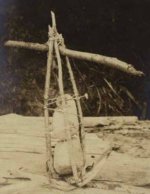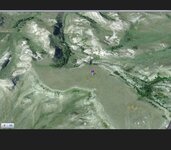IAMZIM
Bronze Member
- Apr 23, 2011
- 1,567
- 2,160
- Detector(s) used
- ace 250/garret pinpointer, garret AT Gold
- Primary Interest:
- All Treasure Hunting
Ok, I guess my rock that is most likely just a rock got moved out of here, so I just want to know everyone's thoughts on "Shaman stones". Do you think they are a legit artifact, why or why not? (I'm just trying to learn here!) If you happen to feel they are a thing, how do you determine it is what it is? FYI: My goal is not to start a heated debate! I just want some info from knowledgeable artifact hunters!
Upvote
0







